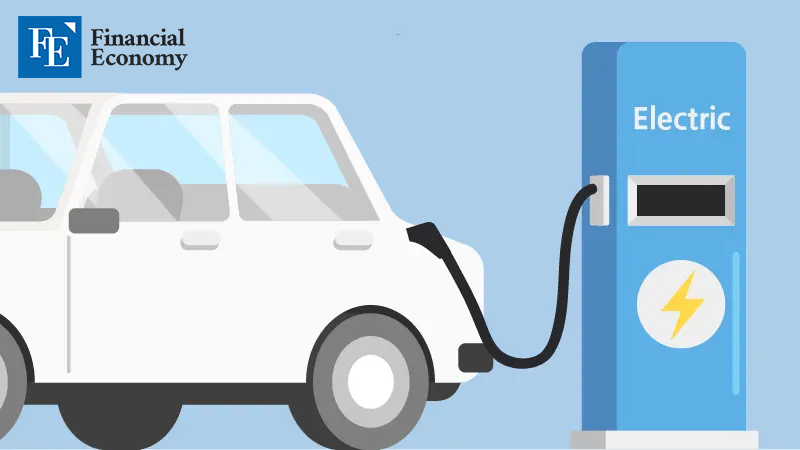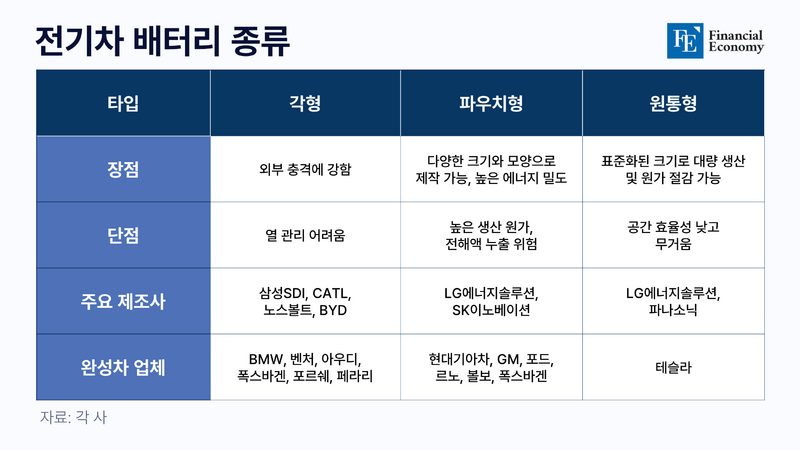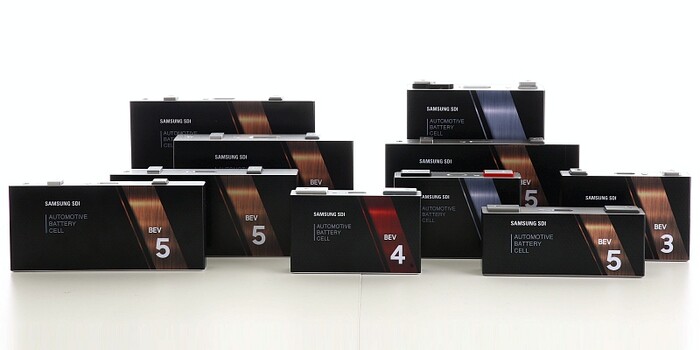China’s BYD discontinues production of ‘pouch-type batteries’, taking advantage of the trend of form factor diversification?
The battery installed in BYD hybrid vehicles is completely replaced with a square type The form factor with the highest percentage of use is square, but recently cylindrical is also attracting attention SK On, Samsung SDI, Volkswagen, etc. are making every effort to diversify their battery portfolio

Chinese electric vehicle company BYD will stop producing pouch-type batteries for its hybrid vehicles and replace them with prismatic batteries. This measure was taken in response to concerns raised about the possibility of electrolyte leaking from pouch-type batteries. Regarding this, some say that the durability issue is just a justification, and in fact, it is a move in line with the trend of diversifying the battery portfolio.
Plan to ‘completely stop’ using pouch-type batteries by 2025
According to Reuters on the 17th (local time), BYD converted the pouch-type battery production lines at its two factories in Shaanxi and Zhejiang provinces to prismatic battery production lines last month. To minimize disruptions in the production of hybrid vehicles, which accounted for nearly half of global sales last year, Qinghai Province’s third plant continues to produce pouch-type batteries, but plans to completely stop using pouch-type batteries in early 2025, Reuters reported. BYD’s losses due to production suspension have not yet been revealed, but considering BYD’s 80% share of the Chinese hybrid car market, operating expenses are expected to increase rapidly in the short term.
BYD’s decision is interpreted as a result of continued criticism that pouch-type batteries are dangerous. BYD recalled 60,000 Tang DM-i hybrid cars with pouch-type batteries in 2022. At the time, Chinese regulatory authorities pointed out the possibility of ‘thermal runaway’ of pouch-type batteries. Although there have been no actual cases of battery leakage from BYD vehicles reported by related industries or Chinese regulators to date, some experts believe that pouch-type batteries are very likely to leak electrolyte.
Previously, some auto OEM companies also emphasized the risks of pouch-type batteries. Volkswagen announced that it would not use pouch-type batteries in 2021, and Tesla CEO Elon Musk recommended avoiding the use of pouch-type batteries, pointing out that battery temperatures are likely to soar.

Pros and cons of each electric vehicle battery type
The form factors of battery cells currently used in electric vehicles are divided into three types: square, pouch, and cylindrical. Lithium-ion batteries are made by filling a container with the four major battery materials, an anode, a cathode, a separator, and an electrolyte. If the container is prismatic, it is classified into prismatic, if it is a pouch, it is classified as a pouch, and if it is cylindrical, it is classified as cylindrical.
First, the square shape is similar to the pouch shape, but is closer to a rectangular parallelepiped shape. It is highly durable and boasts high stability compared to other batteries, and has fewer processing steps than the pouch type, making it more advantageous for mass production. However, because aluminum cans are heavy, the driving range is shorter than other batteries, and production costs are relatively high because heat dissipation is difficult and a separate cooling device is required. Major manufacturers include Samsung SDI and China’s CATL, and automobile brands that use prismatic batteries include BMW, Audi, Ford, Porsche, Ferrari, and Volkswagen.
The pouch type has the advantage of being light and thin as the material surrounding the battery is stacked in layers, and can be made into various shapes. It boasts a high energy density that enables long-term driving, but it is difficult to mass-produce and the production cost is high due to the high process difficulty. In addition, because the exterior is wrapped with an aluminum laminated film, it is vulnerable to shock and has a high possibility of electrolyte leaking. Most domestic companies, including LG Energy Solutions, SK Innovation, and Samsung SDI, produce pouch-type batteries, and Hyundai-Kia Motors, Ford, GM, and Volvo use pouch-type batteries.
Lastly, the cylindrical battery is a round and elongated cylindrical battery that is similar to the batteries commonly used in everyday life. Stable supply and demand is possible as it can be mass-produced in standardized sizes. In addition, it has excellent ability to withstand internal pressure, has high safety, and is superior in terms of price competitiveness. However, compared to other batteries, the energy density per volume is low and the lifespan is short, and the nature of the form that creates a lot of idle space inside the electric vehicle space is disadvantageous in space utilization. There are also indications that frequent charging and discharging may result in performance deterioration compared to other types of batteries. Major manufacturers include LG Energy Solutions and Panasonic, and Tesla insists on using cylindrical batteries.

The three domestic battery companies are speeding up diversification from prismatic batteries to cylindrical batteries
Among the three forms, the most widely used form factor is square. According to market research firm SNE Research, the proportion of prismatic batteries ranked first at 65% last year. This is followed by pouch type at 20% and cylindrical type at 14%. The market share of pouch type and cylindrical type fell to 7% and 5%, respectively, compared to the first half of last year, but that of square type increased by 12%. The industry predicts that the market share growth of square and cylindrical shapes will grow more rapidly starting this year.
As a result, some say that BYD is taking advantage of the market’s trend of form factor diversification under the pretext of the risk of electrolyte leakage. In fact, recently, domestic battery companies and global automakers such as Volkswagen are accelerating the diversification of their battery portfolios.
First, SK On completed the development of prismatic battery technology last year and is also putting all its efforts into developing cylindrical batteries. The plan is to maintain competitive advantage by meeting the different needs of various customers. Cylindrical batteries began to attract attention for electric vehicles when the development of the 4680 battery, a next-generation product, was promoted. The 4680 battery is expected to have 5 times the energy capacity and 6 times the output than the existing 2,170 (diameter 21 mm, height 70 mm) battery. Major global automakers, including Tesla, plan to adopt the 4680 cylindrical battery, which complements the shortcomings of the existing cylindrical battery.
So far, SK On has only mass-produced pouch-type batteries with a single form factor. For this reason, the lack of portfolio diversity was also mentioned as a weakness. LG Energy Solution and Samsung SDI have already made plans to mass produce 4680 batteries. If SK On succeeds in developing cylindrical batteries, it will build all three form factors. In particular, it is encouraging that SK On’s fast charging technology can charge the battery to more than 80% in 18 minutes.
Samsung SDI is increasing the variety of square form factors that have previously adopted the upper terminal method. A terminal refers to a terminal that connects battery power to the outside. Samsung SDI is considering changing the terminal, which was previously applied only to the top, to the side. In this case, a cooling system can be added to the top and bottom of the pack, and the current path inside the cell can also be minimized. In addition, the center of gravity is expected to be lowered, contributing to improved vehicle safety and driving comfort.
Volkswagen has released a ‘battery roadmap’ to change 80% of its electric vehicle batteries to square type by 2030. The plan is to build six factories in Europe in partnership with Swedish battery company Northvolt. According to Volkswagen, the battery factory scale is a whopping 240GWh, which is twice the total production volume of LG Energy Solution.









 네이버계정으로 로그인하기
네이버계정으로 로그인하기
 카카오톡 계정으로 로그인하기
카카오톡 계정으로 로그인하기
